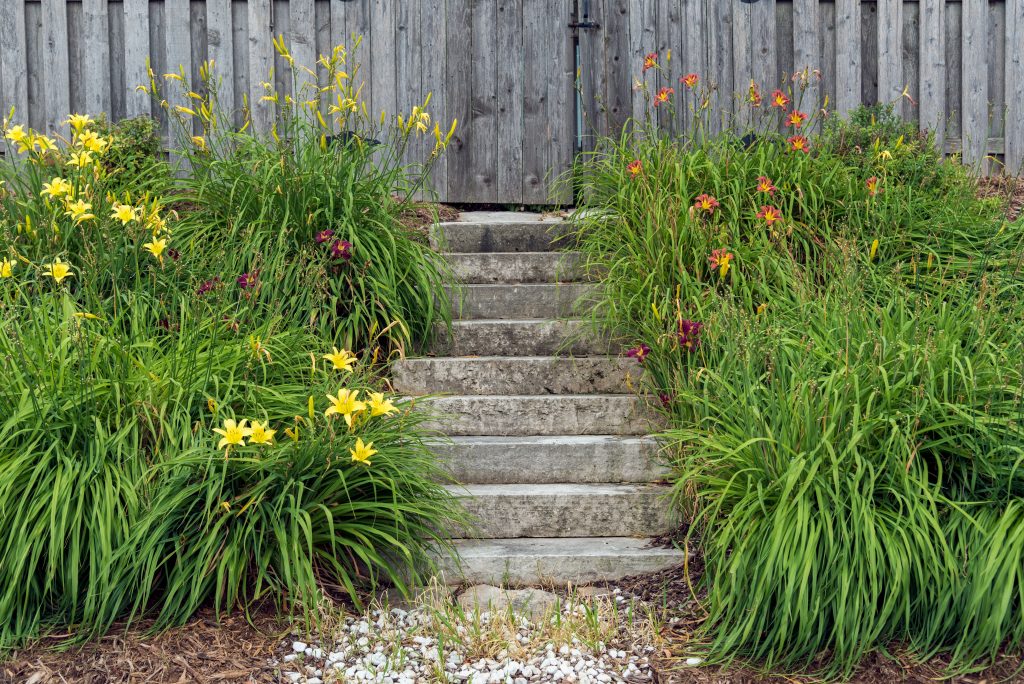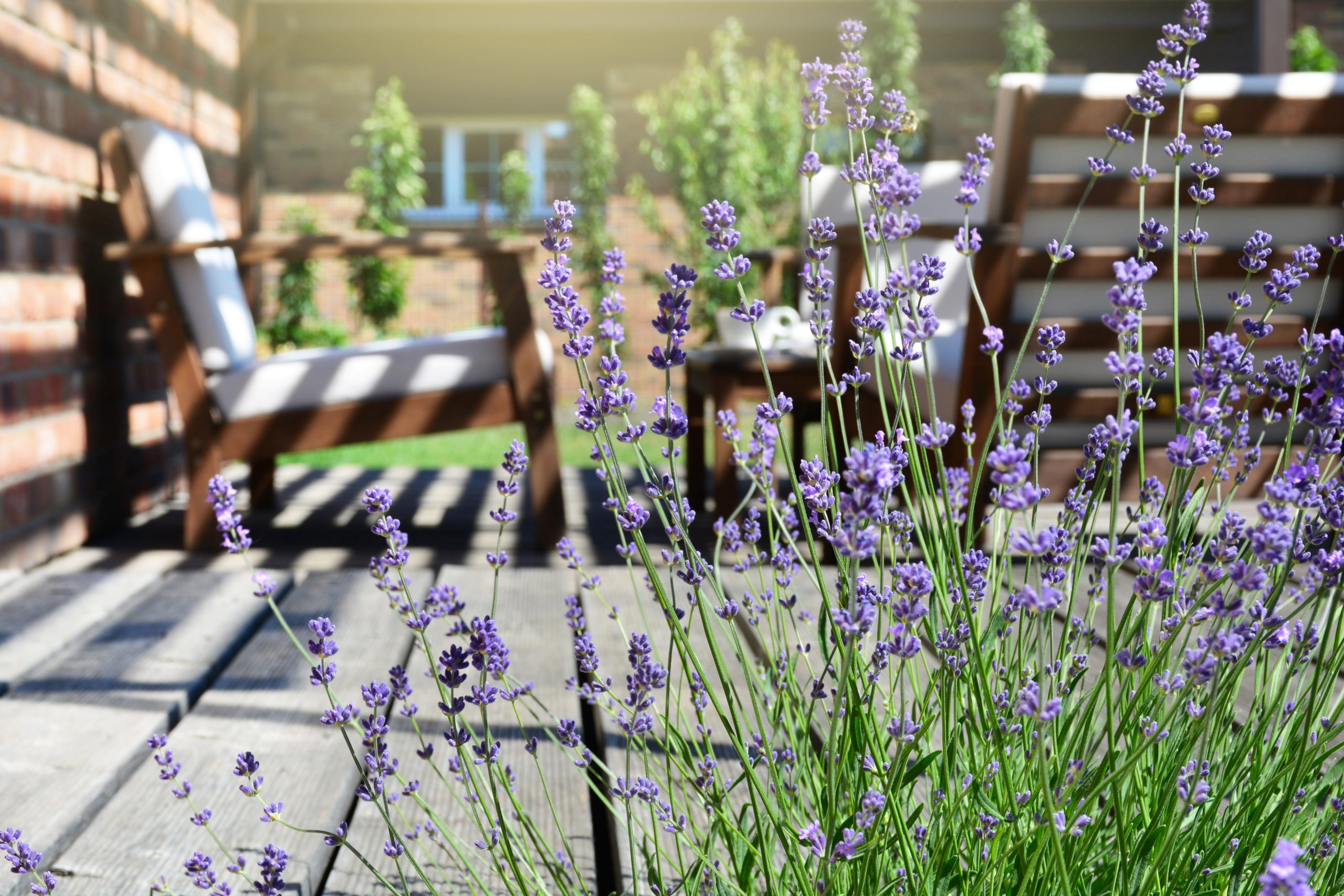The Benefits of Low Maintenance Planting: Effortless Beauty for Your Garden
Are you dreaming of a stunning garden but dreading the hours of upkeep? Low maintenance planting might be the perfect solution for you! This gardening trend focuses on creating beautiful outdoor spaces that require minimal effort to maintain. In this blog, we’ll explore the purpose of low maintenance planting, why it’s becoming increasingly popular, popular low maintenance plants, how to incorporate these plants into any garden, and essential maintenance techniques for a low-maintenance landscape. Additionally, we’ll discuss the use of a drip irrigation system as a method to save time and ensure consistent soil moisture.
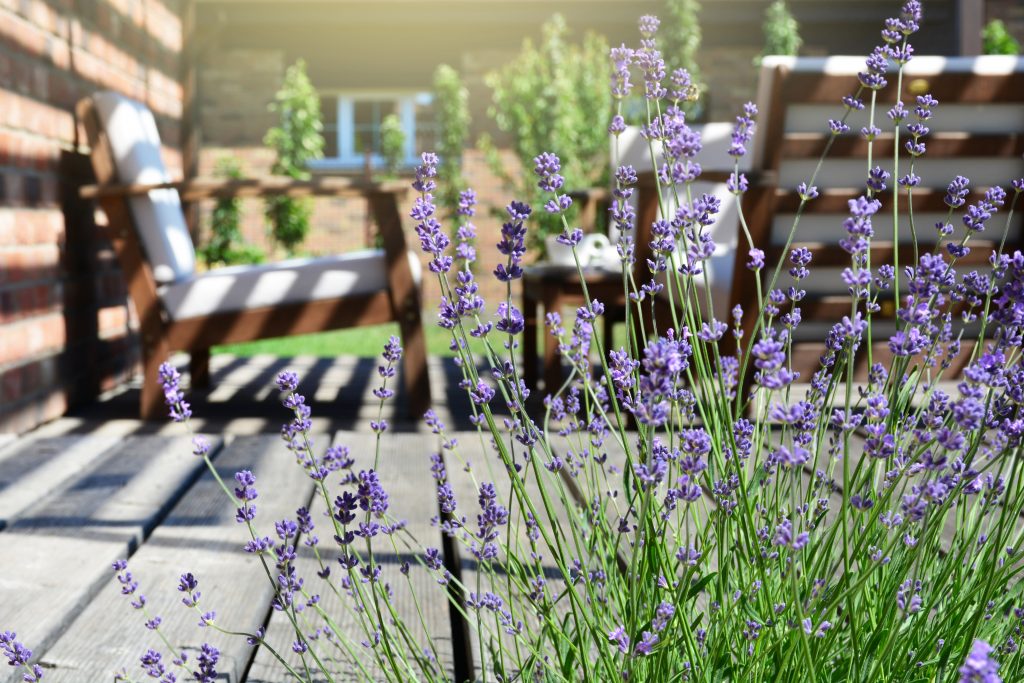
The Purpose of Low Maintenance Planting
The primary goal of low maintenance planting is to create a garden that remains beautiful and healthy with minimal intervention. For many, gardening is a passion, but the time and effort required can be overwhelming. Low maintenance planting allows garden enthusiasts to enjoy the beauty and tranquility of their outdoor spaces without the constant need for weeding, watering, pruning, and fertilizing. This approach focuses on using hardy, resilient plants that thrive with minimal care, and incorporating strategies like using a weed fabric barrier to suppress weed growth, allowing you to spend more time relaxing and less time working in your garden.
The Rise in Popularity of Low Maintenance Planting
Low-maintenance planting is on the rise, and it’s not hard to see why. Modern lifestyles are increasingly busy, with many people juggling work, family, and social commitments. As a result, there is a growing demand for beautiful gardens that don’t require extensive upkeep. Additionally, environmental consciousness is driving the trend towards sustainable gardening practices. Low-maintenance gardens often use less water, require fewer chemicals, and are better suited to local climates, making them an eco-friendly choice. This approach not only conserves water but also reduces the need for constant maintenance, which can be both time-consuming and physically demanding.
Another factor is the desire for outdoor spaces that provide relaxation and stress relief. With more people working from home and seeking solace in their gardens, the appeal of a low-maintenance yet aesthetically pleasing garden has never been greater. Such gardens often feature ground cover plants and drought-tolerant plants that thrive with minimal care. Ground cover plants, like vinca minor, are particularly effective at suppressing weed growth, which reduces the need for regular maintenance. Additionally, these plants can help prevent soil erosion and maintain soil health, especially when combined with organic mulches and garden compost. Using a drip irrigation system can further conserve water and reduce the need for frequent watering, ensuring consistent soil moisture without waterlogging.
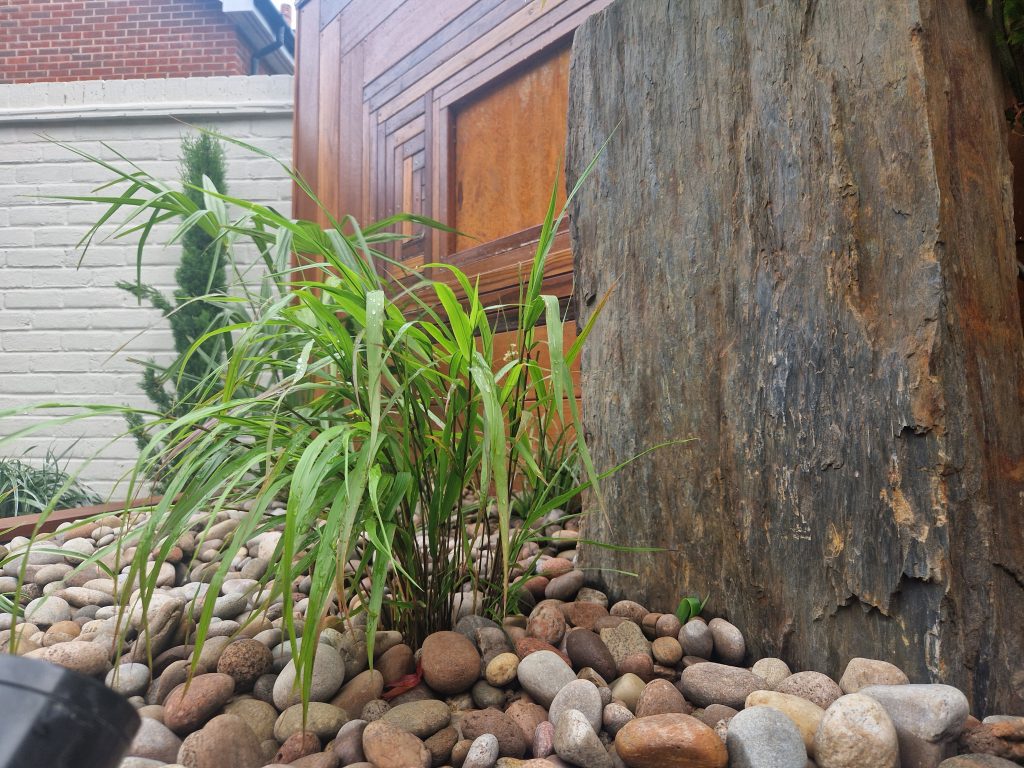
Low maintenance landscaping incorporates various elements to create a visually appealing and functional outdoor space. This includes the strategic use of low-maintenance shrubs, low-growing plants, and native grasses that are well-suited to the local climate and soil types. Raised beds and planting beds can also be designed to minimize upkeep, making them ideal for individuals with limited mobility or older age, who may find regular garden work challenging. Selecting plants that require partial shade or full sun based on the garden’s specific sun exposure ensures that they grow happily throughout the growing season.
For those feeling overwhelmed by the prospect of garden maintenance, low-maintenance garden design offers a practical solution. By using a combination of ground cover, low-maintenance shrubs, and other low-maintenance plants, gardeners can create an outdoor space that requires less maintenance while still providing beauty and enjoyment. This approach not only enhances well-being but also supports sustainable gardening practices, making it a win-win for both gardeners and the environment. Whether dealing with weed control or soil erosion, low-maintenance planting provides effective solutions that cater to modern, busy lifestyles and the increasing desire for sustainable, beautiful gardens.
Popular Low Maintenance Plants
When it comes to low-maintenance planting, choosing the right plants is key. Here are some popular options that are both beautiful and easy to care for:
- Lavender: Known for its fragrant flowers and silvery foliage, lavender is drought-tolerant and thrives in sunny spots with well-drained soil.
- Hostas: Perfect for shady areas, hostas offer lush, attractive foliage and require minimal care once established.
- Sedum: These succulents are ideal for sunny, dry areas. They come in various shapes and colors and require very little water.
- Daylilies: With their vibrant blooms and adaptability, daylilies are perfect for adding color to any garden. They are hardy and resistant to pests.
- Ornamental Grasses: These grasses add texture and movement to the garden with minimal maintenance. Varieties like feather reed grass and blue fescue are particularly popular.
- Coneflowers (Echinacea): These resilient perennials are drought-tolerant and attract pollinators like bees and butterflies.
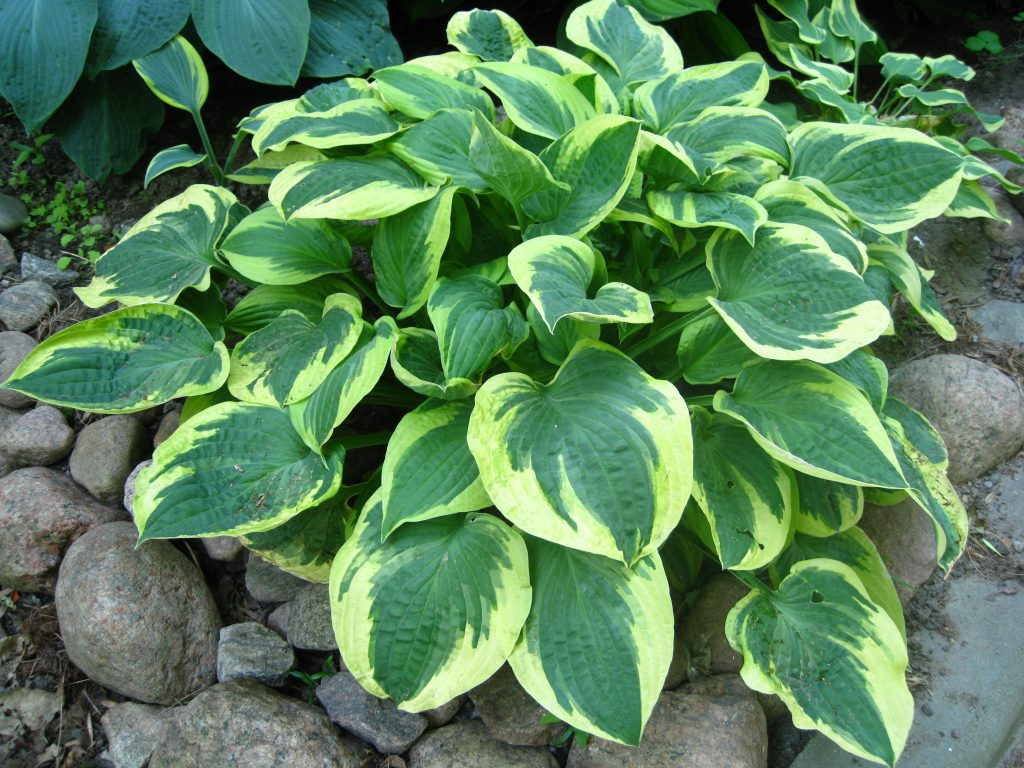
The Purpose of Low Maintenance Planting
The primary goal of low maintenance planting is to create a garden that remains beautiful and healthy with minimal intervention. For many, gardening is a passion, but the time and effort required can be overwhelming. Low maintenance planting allows garden enthusiasts to enjoy the beauty and tranquility of their outdoor spaces without the constant need for weeding, watering, pruning, and fertilizing. This approach focuses on using hardy, resilient plants that thrive with minimal care, and incorporating strategies like using a weed fabric barrier to suppress weed growth, allowing you to spend more time relaxing and less time working in your garden.
The Rise in Popularity of Low Maintenance Planting
Low-maintenance planting is on the rise, and it’s not hard to see why. Modern lifestyles are increasingly busy, with many people juggling work, family, and social commitments. As a result, there is a growing demand for beautiful gardens that don’t require extensive upkeep. Additionally, environmental consciousness is driving the trend towards sustainable gardening practices. Low-maintenance gardens often use less water, require fewer chemicals, and are better suited to local climates, making them an eco-friendly choice. This approach not only conserves water but also reduces the need for constant maintenance, which can be both time-consuming and physically demanding.
Another factor is the desire for outdoor spaces that provide relaxation and stress relief. With more people working from home and seeking solace in their gardens, the appeal of a low-maintenance yet aesthetically pleasing garden has never been greater. Such gardens often feature ground cover plants and drought-tolerant plants that thrive with minimal care. Ground cover plants, like vinca minor, are particularly effective at suppressing weed growth, which reduces the need for regular maintenance. Additionally, these plants can help prevent soil erosion and maintain soil health, especially when combined with organic mulches and garden compost. Using a drip irrigation system can further conserve water and reduce the need for frequent watering, ensuring consistent soil moisture without waterlogging.
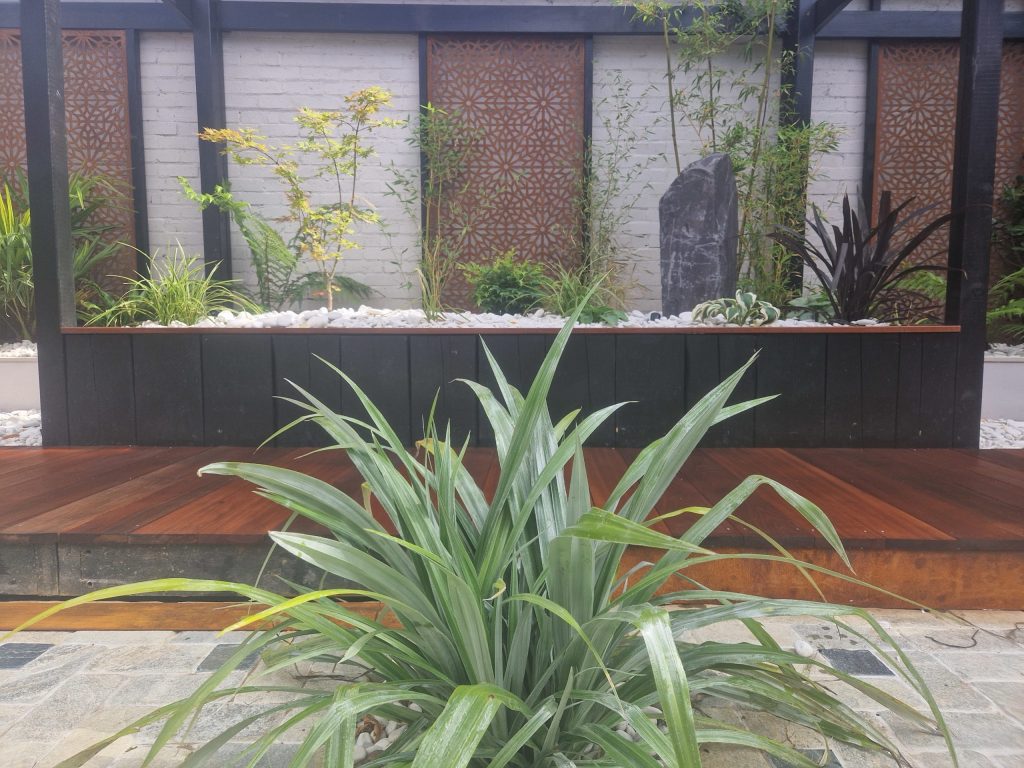
Low maintenance landscaping incorporates various elements to create a visually appealing and functional outdoor space. This includes the strategic use of low-maintenance shrubs, low-growing plants, and native grasses that are well-suited to the local climate and soil types. Raised beds and planting beds can also be designed to minimize upkeep, making them ideal for individuals with limited mobility or older age, who may find regular garden work challenging. Selecting plants that require partial shade or full sun based on the garden’s specific sun exposure ensures that they grow happily throughout the growing season.
For those feeling overwhelmed by the prospect of garden maintenance, low-maintenance garden design offers a practical solution. By using a combination of ground cover, low-maintenance shrubs, and other low-maintenance plants, gardeners can create an outdoor space that requires less maintenance while still providing beauty and enjoyment. This approach not only enhances well-being but also supports sustainable gardening practices, making it a win-win for both gardeners and the environment. Whether dealing with weed control or soil erosion, low-maintenance planting provides effective solutions that cater to modern, busy lifestyles and the increasing desire for sustainable, beautiful gardens.
Popular Low Maintenance Plants
When it comes to low-maintenance planting, choosing the right plants is key. Here are some popular options that are both beautiful and easy to care for:
- Lavender: Known for its fragrant flowers and silvery foliage, lavender is drought-tolerant and thrives in sunny spots with well-drained soil.
- Hostas: Perfect for shady areas, hostas offer lush, attractive foliage and require minimal care once established.
- Sedum: These succulents are ideal for sunny, dry areas. They come in various shapes and colors and require very little water.
- Daylilies: With their vibrant blooms and adaptability, daylilies are perfect for adding color to any garden. They are hardy and resistant to pests.
- Ornamental Grasses: These grasses add texture and movement to the garden with minimal maintenance. Varieties like feather reed grass and blue fescue are particularly popular.
- Coneflowers (Echinacea): These resilient perennials are drought-tolerant and attract pollinators like bees and butterflies.
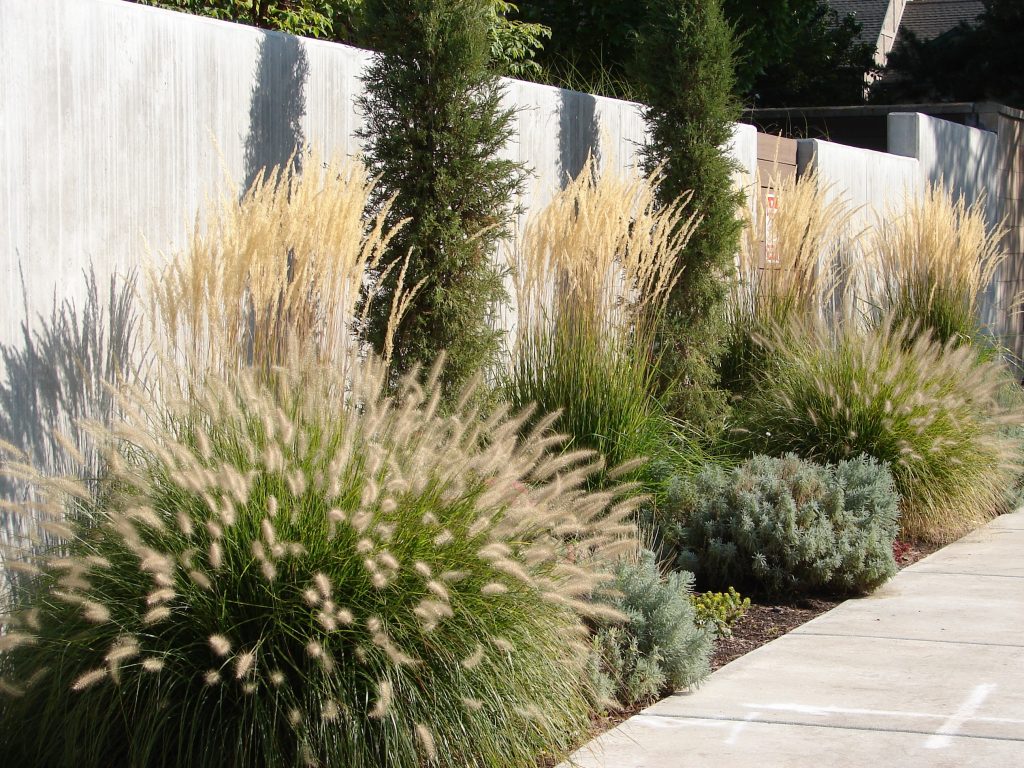
How to Incorporate Low-Maintenance Planting into Any Garden
Incorporating low-maintenance planting into your garden is easier than you might think. Here are some tips to get you started:
- Plan Your Layout: Consider the conditions of your garden, such as sunlight, soil type, and drainage. Group plants with similar needs together to make care easier.
- Install a drip irrigation system to deliver water directly to the root zone of plants, minimizing evaporation and water waste.
- ** Plants**: Native plants are adapted to your local climate and soil, making them easier to care for. They often require less water and are more resistant to local pests and diseases.
- Mulch Generously: Applying a thick layer of mulch helps retain soil moisture, suppress weeds, and improve soil health, reducing the need for frequent watering and weeding.
- Incorporate Perennials: Perennials come back year after year, reducing the need for replanting. They establish strong root systems that help them withstand drought and pests.
- Use Ground Covers: Ground covers like creeping thyme or ajuga can fill in bare spots, reduce weeds, and add beauty with minimal upkeep.
Maintenance Techniques for a Low-Maintenance Landscape
Even low-maintenance gardens require some care to stay in top shape. Here are a few simple techniques to keep your garden looking its best:
- Water Wisely: Water deeply but infrequently to encourage deep root growth. Early morning or late evening watering helps reduce evaporation.
- Prune Selectively: Prune plants only when necessary to remove dead or diseased branches. This promotes healthy growth and keeps plants looking tidy.
- Fertilize Sparingly: Use slow-release fertilizers or compost to nourish your plants. Over-fertilizing can lead to excessive growth and increased maintenance.
- Weed Regularly: While low maintenance gardens have fewer weeds, some will still appear. Regularly check for and remove weeds to prevent them from spreading.
- Use weed fabric barriers or other methods to suppress weed growth and reduce the need for regular weeding.
- Monitor for Pests: Keep an eye out for pests and address any issues early with organic or eco-friendly methods to prevent damage.
Conclusion: Are You Ready for a Low-Maintenance Garden?
Low-maintenance planting offers the perfect balance of beauty and practicality, allowing you to enjoy a gorgeous garden without the constant upkeep. With the right plants and a few smart gardening techniques, you can create an outdoor oasis that fits your busy lifestyle. Whether you have a sprawling yard or a compact urban garden, low-maintenance planting can transform your space into a haven of effortless beauty. So why not embrace this trend and start enjoying a more relaxed, sustainable gardening experience today?
Choosing the right plants is also essential for a low-maintenance garden. Opt for non-native plants that are well-suited to your local climate and soil conditions, as they typically require less care. Some excellent low-maintenance options include climbing hydrangea, which adds visual appeal with its stunning blooms and requires minimal pruning, and a wildflower meadow, which can create a stunning, natural-looking landscape with minimal intervention.
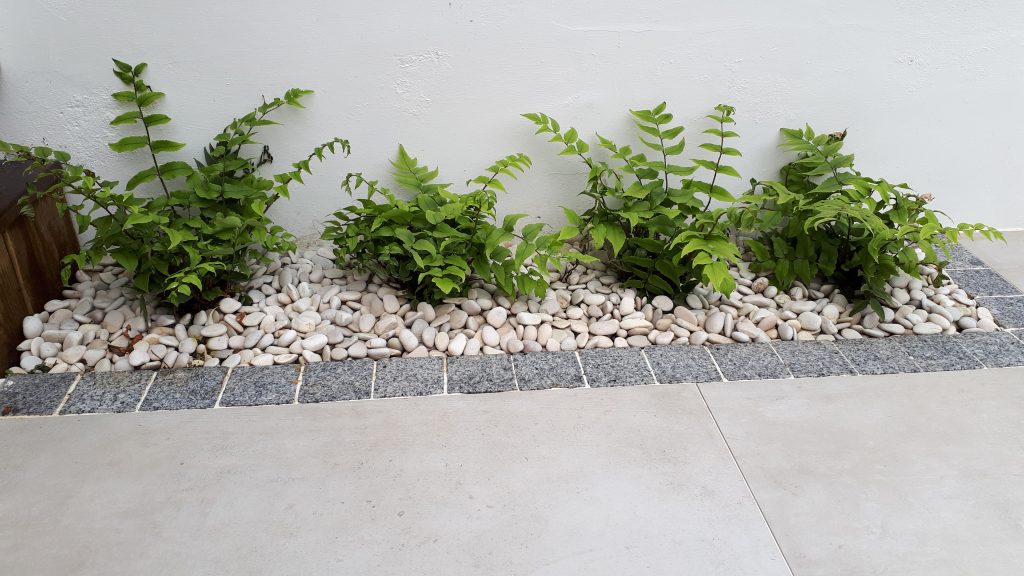
To further enhance the beauty and curb appeal of your garden, consider incorporating hardscaping elements and water features. These additions not only provide unique characteristics to your outdoor space but also reduce the volume of planting areas that require maintenance. Hardscaping elements such as stone pathways, patios, and retaining walls can add structure and year-round interest to your garden, while water features like fountains or small ponds can create a tranquil atmosphere.
Using plant labels can help you keep track of your low-maintenance garden’s diverse flora, making it easier to follow a consistent care routine. By adding nutrients to the soil through organic fertilizers, you can ensure that your plants thrive without the need for frequent attention. Moreover, these practices contribute to a more sustainable gardening approach, as they reduce the need for chemical interventions.
In conclusion, low-maintenance planting is the ideal solution for those seeking a beautiful garden that complements their busy lives. By incorporating smart gardening techniques, such as drip irrigation systems, weed suppression methods, and choosing the right plants, you can create a visually appealing and sustainable outdoor space. Embrace the trend of low-maintenance gardening and enjoy the benefits of a gorgeous garden with minimal effort.
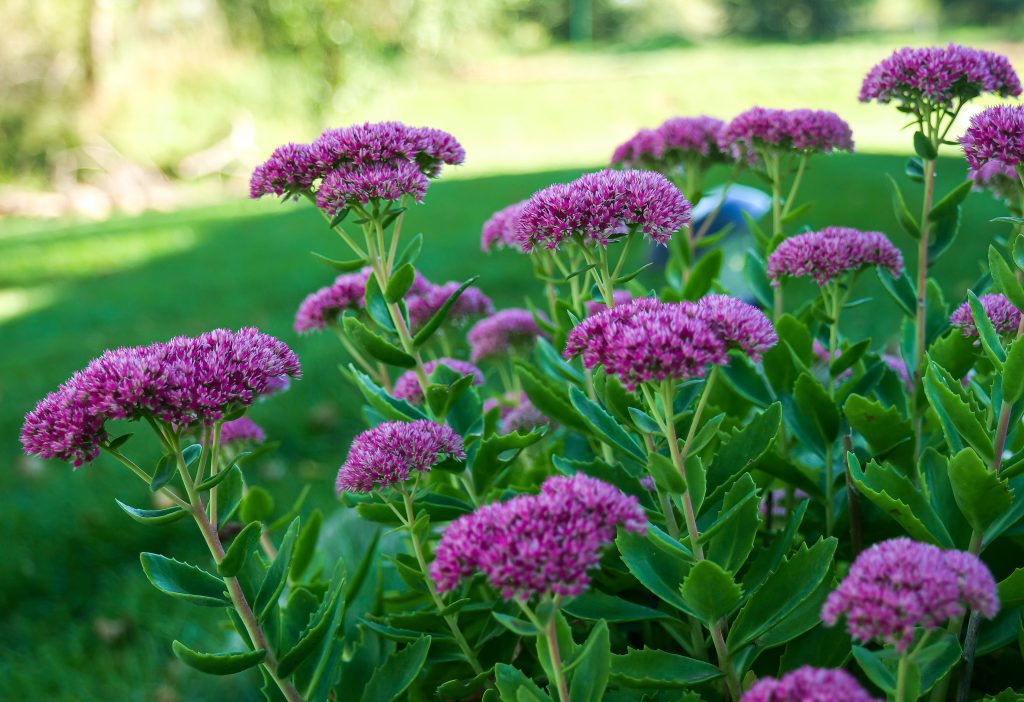
How to Incorporate Low-Maintenance Planting into Any Garden
Incorporating low-maintenance planting into your garden is easier than you might think. Here are some tips to get you started:
- Plan Your Layout: Consider the conditions of your garden, such as sunlight, soil type, and drainage. Group plants with similar needs together to make care easier.
- Install a drip irrigation system to deliver water directly to the root zone of plants, minimizing evaporation and water waste.
- ** Plants**: Native plants are adapted to your local climate and soil, making them easier to care for. They often require less water and are more resistant to local pests and diseases.
- Mulch Generously: Applying a thick layer of mulch helps retain soil moisture, suppress weeds, and improve soil health, reducing the need for frequent watering and weeding.
- Incorporate Perennials: Perennials come back year after year, reducing the need for replanting. They establish strong root systems that help them withstand drought and pests.
- Use Ground Covers: Ground covers like creeping thyme or ajuga can fill in bare spots, reduce weeds, and add beauty with minimal upkeep.
Maintenance Techniques for a Low-Maintenance Landscape
Even low-maintenance gardens require some care to stay in top shape. Here are a few simple techniques to keep your garden looking its best:
- Water Wisely: Water deeply but infrequently to encourage deep root growth. Early morning or late evening watering helps reduce evaporation.
- Prune Selectively: Prune plants only when necessary to remove dead or diseased branches. This promotes healthy growth and keeps plants looking tidy.
- Fertilize Sparingly: Use slow-release fertilizers or compost to nourish your plants. Over-fertilizing can lead to excessive growth and increased maintenance.
- Weed Regularly: While low maintenance gardens have fewer weeds, some will still appear. Regularly check for and remove weeds to prevent them from spreading.
- Use weed fabric barriers or other methods to suppress weed growth and reduce the need for regular weeding.
- Monitor for Pests: Keep an eye out for pests and address any issues early with organic or eco-friendly methods to prevent damage.
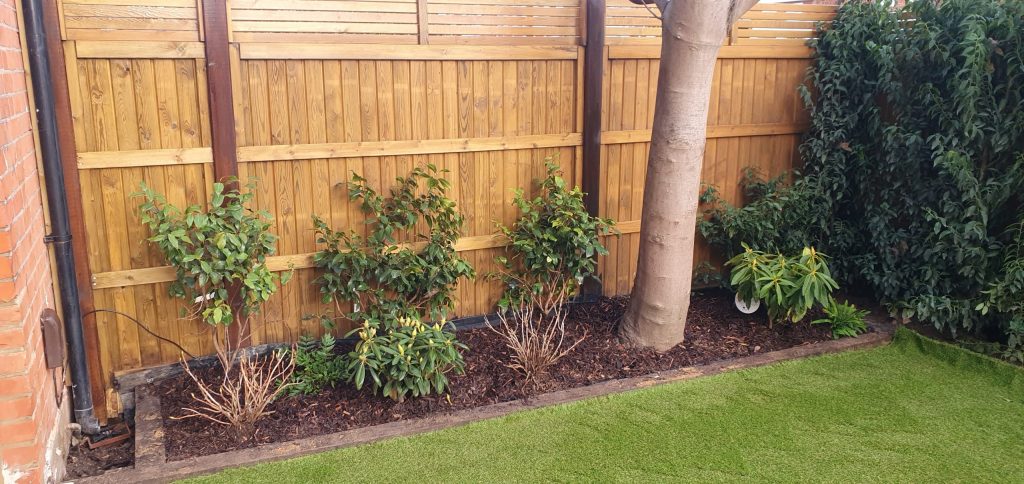
Conclusion: Are You Ready for a Low-Maintenance Garden?
Low-maintenance planting offers the perfect balance of beauty and practicality, allowing you to enjoy a gorgeous garden without the constant upkeep. With the right plants and a few smart gardening techniques, you can create an outdoor oasis that fits your busy lifestyle. Whether you have a sprawling yard or a compact urban garden, low-maintenance planting can transform your space into a haven of effortless beauty. So why not embrace this trend and start enjoying a more relaxed, sustainable gardening experience today?
Choosing the right plants is also essential for a low-maintenance garden. Opt for non-native plants that are well-suited to your local climate and soil conditions, as they typically require less care. Some excellent low-maintenance options include climbing hydrangea, which adds visual appeal with its stunning blooms and requires minimal pruning, and a wildflower meadow, which can create a stunning, natural-looking landscape with minimal intervention.
To further enhance the beauty and curb appeal of your garden, consider incorporating hardscaping elements and water features. These additions not only provide unique characteristics to your outdoor space but also reduce the volume of planting areas that require maintenance. Hardscaping elements such as stone pathways, patios, and retaining walls can add structure and year-round interest to your garden, while water features like fountains or small ponds can create a tranquil atmosphere.
Using plant labels can help you keep track of your low-maintenance garden’s diverse flora, making it easier to follow a consistent care routine. By adding nutrients to the soil through organic fertilizers, you can ensure that your plants thrive without the need for frequent attention. Moreover, these practices contribute to a more sustainable gardening approach, as they reduce the need for chemical interventions.
In conclusion, low-maintenance planting is the ideal solution for those seeking a beautiful garden that complements their busy lives. By incorporating smart gardening techniques, such as drip irrigation systems, weed suppression methods, and choosing the right plants, you can create a visually appealing and sustainable outdoor space. Embrace the trend of low-maintenance gardening and enjoy the benefits of a gorgeous garden with minimal effort.
